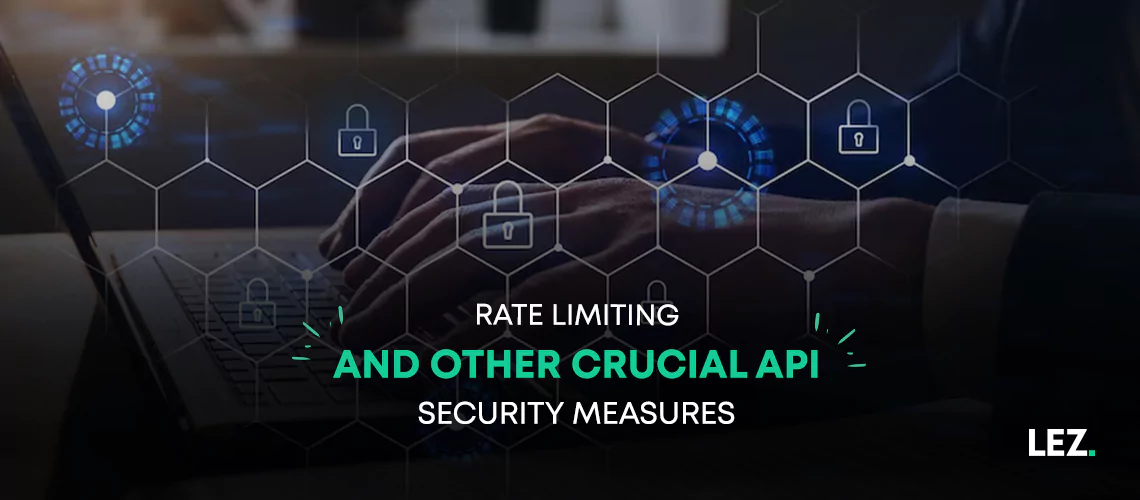APIs (Application Programming Interfaces) play a pivotal role in enabling seamless communication and data exchange between different software systems. However, with this increased connectivity comes the need for robust security measures to protect against potential threats.
This article explores the importance of rate limiting and other essential security measures to safeguard APIs from abuse, unauthorized access, and potential vulnerabilities.
Understanding Rate Limiting
Rate limiting is a crucial mechanism employed to control the number of requests a client or user can make within a specified time frame. By setting predefined limits, API providers can mitigate the risk of abuse, prevent denial-of-service (DoS) attacks, and ensure fair usage of resources.
Implementation of Rate Limiting
Request Throttling:
Introduce controls on the number of requests a user or client can make per second, minute, or hour.
Token Bucket Algorithm:
Implement algorithms like the token bucket to distribute tokens at a fixed rate, allowing users to consume these tokens with each API request.
Benefits of Rate Limiting
Mitigation of DoS Attacks:
Prevents overwhelming the API server with a high volume of requests.
Fair Resource Allocation:
Ensures fair usage of resources among all users, preventing abuse by a single entity.
Enhanced Reliability:
Maintains service reliability by preventing system overloads.
Other Crucial API Security Measures
Authentication and Authorization
API Keys:
Secure the API by requiring unique API keys for authentication, helping track and manage access.
OAuth 2.0:
Implement OAuth 2.0 for delegated authorization, enhancing security for third-party applications.
Encryption and Transport Layer Security (TLS)
Data Encryption:
Employ encryption (HTTPS) to secure data transmission between clients and the API server.
TLS Protocols:
Keep TLS protocols up-to-date to guard against vulnerabilities.
Input Validation and Parameterization
Avoiding SQL Injection:
Validate and sanitize user inputs to prevent SQL injection attacks.
Parameterized Queries:
Use parameterized queries to reduce the risk of injection vulnerabilities.
Monitoring and Logging
Audit Trails:
Implement comprehensive logging to track API usage and potential security incidents.
Real-time Monitoring:
Employ monitoring tools to detect and respond to unusual or suspicious activity promptly.
Regular Security Audits and Updates
Vulnerability Scanning:
Conduct regular security audits to identify and address potential vulnerabilities.
Software Updates:
Keep all API-related software and dependencies up-to-date to patch known security flaws.
Conclusion
Ensuring the security of APIs is paramount in safeguarding sensitive data and maintaining the integrity of connected systems. Rate limiting, along with authentication, encryption, monitoring, and proactive security measures, forms a robust defense against potential threats.
By adopting a comprehensive approach to API security, organizations can foster trust among users and partners while protecting their digital assets from malicious activities. Regular assessments, updates, and a proactive stance towards security are crucial in this dynamic and interconnected digital landscape.
